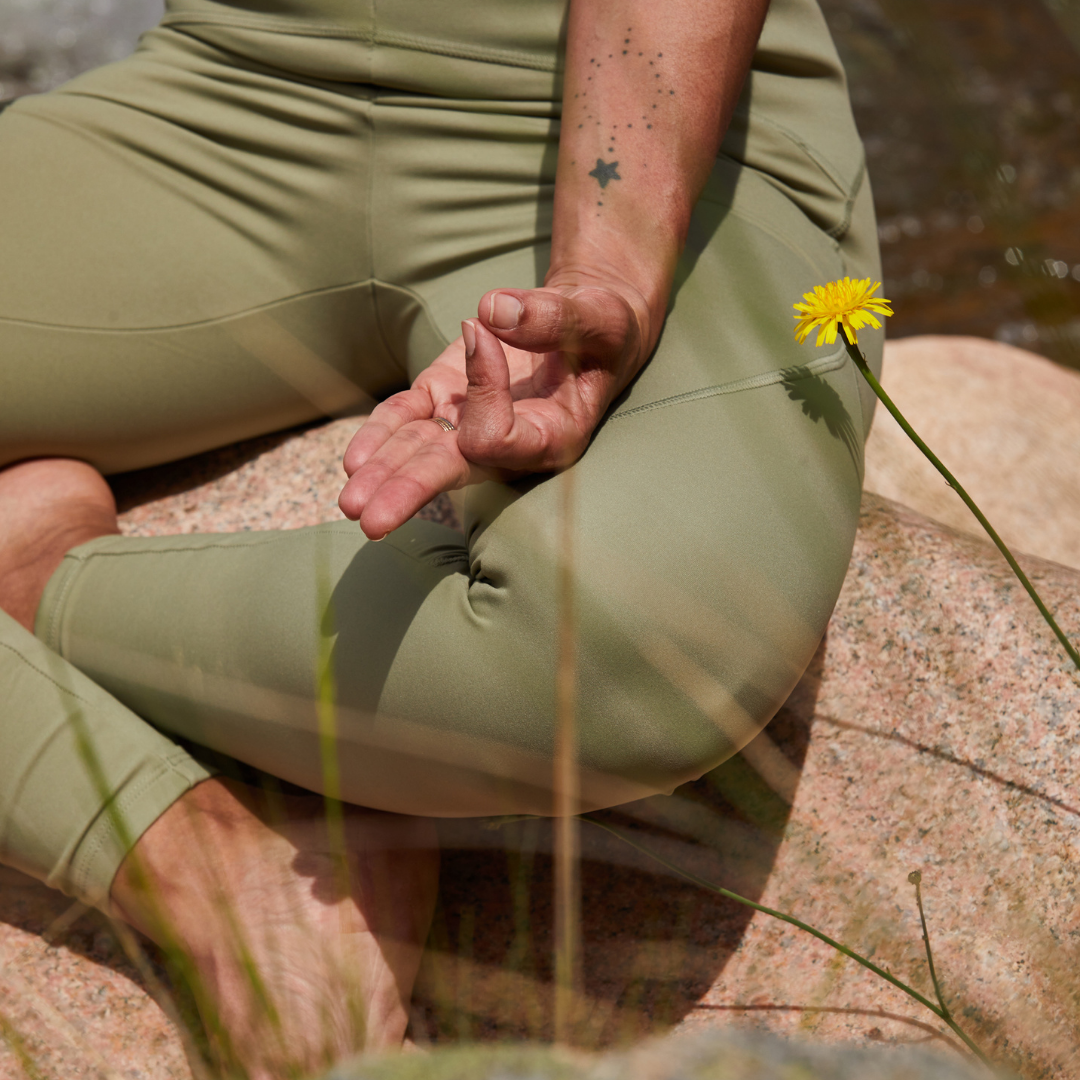7 Trauma Release Exercises

If “Thanks, it’s the trauma,” is your response to every compliment (especially ones about how funny you are), then this post is for you.
Trauma, or deeply depressing and disturbing experiences, can affect you in a lot of different ways. Moreover, it can hurt your physical health, your mental health, your emotional health – hell, it can even wreak havoc on your sunny personality!
We know what you’re thinking and you’re not alone. A lot of people joke that trauma makes them funnier, or it adds a little spice to their personality. But let us be the ones to tell you, the pain of being in your fight or flight response for extended periods of time is NOTHING to joke about.
Bottom line is: you deserve to let that pain GO, girl. And if you can’t figure out how? Don’t sweat it, babe. We’ve dedicated this post to round-up some trauma and tension release exercises, created by Dr. David Berceli, that can help you process your trauma to heal your mind and body from the inside out!

7 Trauma Release Exercises
There are a lot of things that can cause your body to hold on to muscle tension, whether it be anxiety trauma, stress-based tension and trauma, trauma from post–traumatic stress disorder, an overactive nervous system, or poor mental health.
While cognitive behavioral therapy and other therapies can help with bettering your thought patterns, you may need something to help your body heal, too.

This is where Trauma Releasing Exercise (TRE) comes into play. TRE helps the body release deep muscular patterns of stress, tension, anxiety, and trauma through a series of exercises. Additionally, these exercises utilize a natural reflex of shaking or vibrating to release muscular tension.
This somatic body practice not only releases muscular tension, but it can also release emotions ranging from mild distress to severe anxiety.
Here are some exercises that can help you learn how to heal trauma.
Exercise 1:
- Lay on the floor with your feet touching, and your legs butterflied out to the side.
- Place your hands on the floor on either side of your hips.
- Push your feet, hands, and shoulders into the ground, lifting your hips, legs and chest off the ground.
- Hold the position until you begin to tremor, then continue holding until the tremor settles into a consistent pulse.
- Drop your hips, while keeping the pulse.
- Close your knees a bit (less than an inch) and notice as the tremor gets bigger. Wait until it settles into a pulse again.
- Repeat until your hips and back are trembling as well.
- Place your feet flat on the ground as the tremors continue, until they are all done.
- Roll your legs from side to side to complete the exercise.
Exercise 2:
- Stand with your feet hip’s width apart.
- Roll to the sides of your feet, stretching your ankles.
- Roll to the opposite side.
- Repeat 7-8 times.
Exercise 3:
- Start with feet hip’s width apart, then bring one leg forward.
- Begin to perform calf raises, and repeat until you are 70% fatigued.
- Repeat on the other leg.
Exercise 4:
- Use the same leg position as Exercise 3, with one leg slightly forward and one leg back.
- Begin to lightly squat, sitting into the position.
- Repeat until 70% fatigued.
- Switch legs and repeat.
Exercise 5:
- Begin with your legs shoulder’s width apart.
- Lean forward into a forward fold and touch the floor.
- Take three breaths.
- Walk your hands to your right leg.
- Take three breaths.
- Walk your hands to the left leg.
- Take three breaths.
- Walk your hands to the center, then backwards farther between your legs.
- Take three breaths.
- Slowly stand up, then take three breaths.
Exercise 6:
- Begin with your legs shoulder’s width apart.
- Place your hands on the back of your hips.
- Bend your knees.
- Lean backward.
- Take three breaths.
- Lean to the left side.
- Take three breaths.
- Lean to the right side.
- Take three breaths.
- Return to center.
- Take three breaths.
Exercise 7:
- Stand next to a wall with your feet space hip’s width apart.
- Lean back into the wall so you are performing a high wall sit ensuring you can see the tops of your feet.
- Find the place on the wall where you are exerting 50% of your energy to hold your position.
- Hold your position until the energy required to hold it reaches 70%, then raise your position an inch.
- Repeat this process, raising an inch when your energy required increases, for 3-5 minutes.
- When you have begun shaking and reach 3-5 minutes, push off the wall using your hands.
- Lean into a forward fold, letting your head hang low. Hold this position for 1 minute.
- Return to standing.

You deserve to live life without unprocessed trauma holding you back.
Be kind to your mind and body; after all, they’re the only ones you’ve got! (You can remind yourself to do this with this cute tote from Real Pod. We also love this “Therapy is My Love Language” crew, because same.)
Need more mental health tips? Here’s our list of the best mental health podcasts. Then, you can head to our blog to see even more on mental health, trauma, and relationships! Whatever you need, Dear Media is here to support you!



















